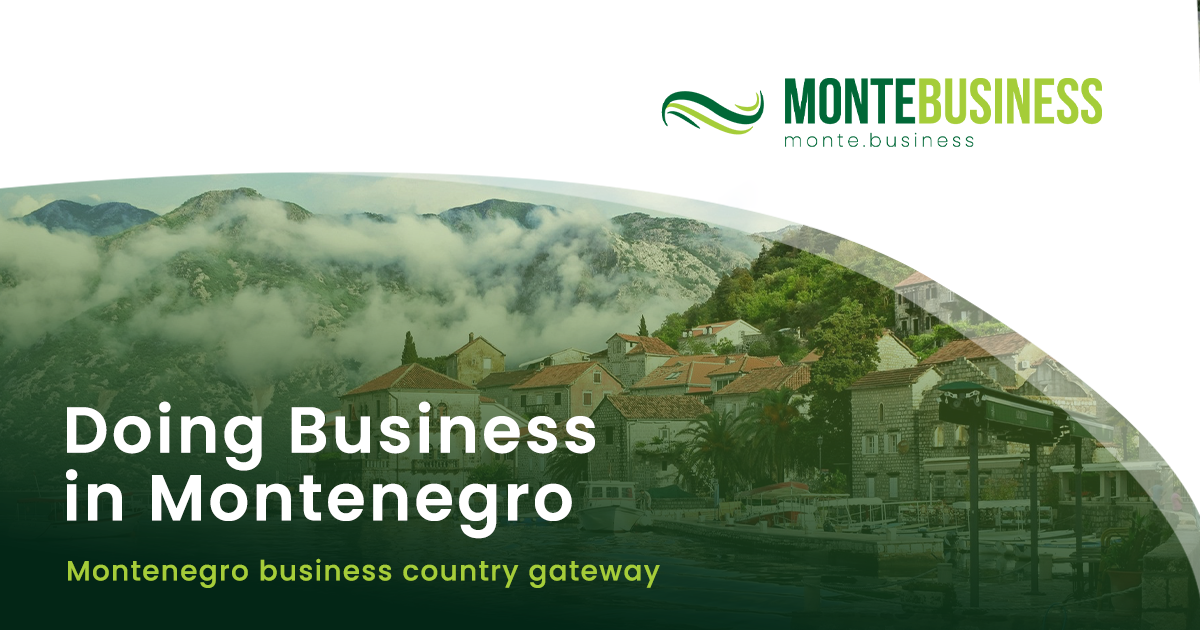The agreement between Montenegro and the United Arab Emirates (UAE) allows investors to lease land, relocate residents and build closed-off resorts — all under the guise of “public interest” and development. If the government’s vision for economic gain is to sell off the most valuable parts of our country, then this is not development — it is a sellout.
Let’s remember the 2007 Tourism Master Plan, developed by the German Investment and Development Corporation, which envisioned around 30,000 beds for the Velika Plaža (Long Beach) area, with 100 m² of green space per bed and protection of the third of the beach closest to the Bojana River as an ecologically sensitive and valuable zone. Today’s proposals are steering toward full-scale urbanization, ignoring the natural limitations and needs of the local community. Even if this project were led and funded by the local community, it would still likely fail due to the area’s high risk of flooding and beach erosion.
If the government had a real vision, this area would already be a protected biosphere reserve in collaboration with Albania — a project approved by UNESCO in 2021. But in our country, visions last only until a project is approved, or more often, until the first investment offer comes along. We know why — because the state administration has been reduced to a napkin for investors. When land is viewed only as a source of profit, local communities are excluded and nature is left in ruins.
Examples like Buljarica, once valued at around €100 million but capable of generating more than €30 million annually, show that another development model is possible — one where local communities remain central: as guides, hosts, and creators, rather than collateral damage. Ulcinj and its surrounding area have the potential to develop health and rural tourism, small eco-resorts, campsites, walking and cycling routes, and fishing tourism. This kind of growth creates year-round income, stimulates local production, reduces pressure on natural resources, and — most importantly — keeps revenue in the country. It also generates social value, encouraging people to stay, stay proud of their heritage, and keep nature intact, prepared for the challenges of climate change.
The campaign against Vanja Ćalović Marković and others who speak the truth only proves that this government cannot handle criticism. The same patterns of attacking dissenters confirm that there has been no real change — only a shift in who holds the power. But true patriotism means defending your country — from both foreign greed and domestic corruption. That’s why one thing remains crystal clear: Velika Plaža is not for sale.
Velika Plaža is a natural monument. Development, yes — but not at any cost. Our voices must rise above secret deals and “lex specialis” laws.
Today, as decisions are made without citizen input, we must say clearly: A government that bypasses its people to serve private profit has lost its legitimacy.
Instead of turning Velika Plaža into a gated enclave of privilege, the state should launch an international design competition with clear guidelines: ecological, local, open, and public.
What Montenegro needs is a new, homegrown vision — one led by locals, not foreign corporations with a map in one hand and a construction permit in the other. Velika Plaža must remain open and revitalized, not turned into yet another resort for wealthy outsiders.
Montenegro deserves a government that understands real power comes from the people — and that the strength of a state is measured by how well it protects its most valuable assets: its people and its natural environment.








